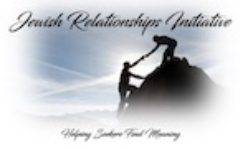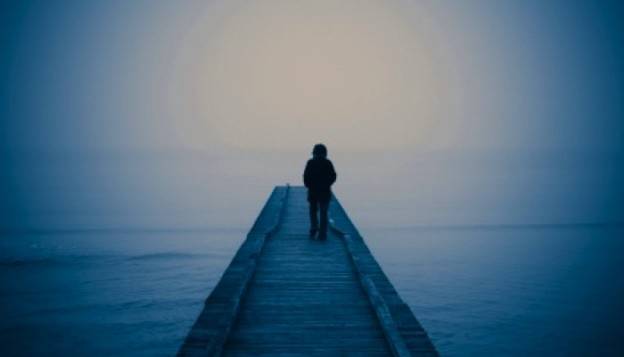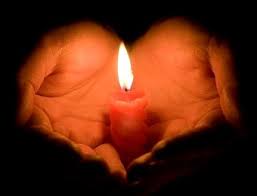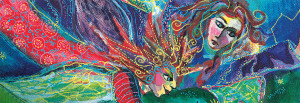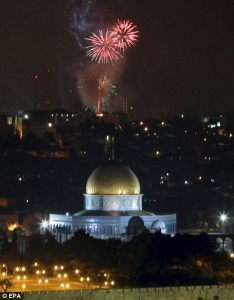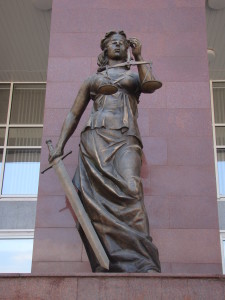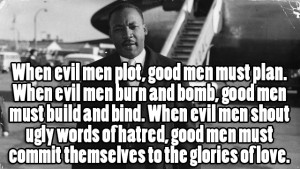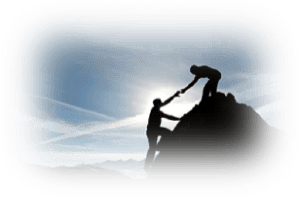 Reconciling the strange message of death
Reconciling the strange message of death
Acharei Mot opens with an instruction from God about Yom Kippur prefaced by a bizarre phrase: “After the death of the two sons of Aaron who died when they drew too close to the presence of the Lord.” Is this a warning to Aaron that he has a job to do, so get to it, but do it right or you will end up like your kids? That seems like the unnecessarily harsh treatment of Aaron. Why would God start off in this way? Perhaps it is to guide us toward a deeper idea surrounding the urgency of atonement.
Kippur is translated as Atonement, broken down to mean becoming “at one” with God. We atone when we harmonize ourselves with God. In this Parashah’s connection with the Yom Kippur ritual, the High Priest is responsible for creating this harmony between God and the people. Aaron is given elaborate instructions in this Parashah to prepare himself and to also prepare the Holy of Holies so that all will emerge pure and in line with God. Later we learn of how the people are involved in the Yom Kippur rituals. Our later writings further elaborate that only asking forgiveness of God is insufficient. But the opening of Acharei Mot challenges us more than with the importance of doing the rituals right. There was a need for action and T’shuva demonstrating a cleansed and pure heart.
Leading with the seemingly incomprehensible deaths of Nadav and Abihu creates a powerful message intended to shock us into action. We understand that forgiveness of one another is important; before we can reconcile with God, we must reconcile with each other. However, full presence is necessary to the process and time is of the essence. T’shuva and forgiveness are critically important and must not be put off. In the normal course of relationships, such as between parent and child, we hope that parent and child reconcile before the parent is gone. Often we still wait, postponing such conversations until we see parents in their decline. But in Acharei Mot, the stark tragedy of Aaron’s two sons being struck down before his eyes makes the urgent message of atonement even more jarring. The gift of life is precious and tenuous; the estrangements that we may feel need to be repaired before it is too late to repair them at all. The unexpected deaths of Aaron’s sons, command our attention to acting immediately. But it must be with full intention and presence.
Aaron is warned not to come inside the Holy of Holies at will lest he dies. He must be thoroughly prepared. The High Priest’s preparation and cleansing of the sanctuary are symbolic of the cleansing that needs to occur within each of us. Like the careful removal of all impurity in the holy sanctuary we too need to be cleansed and prepared, so we can approach another with an open heart both asking and giving forgiveness. When we search deep inside ourselves, we often find the hurts we have caused and the wounds we have suffered should not keep us estranged from each other. Our Relationships are precious. We have too little time before it is over, people die and relationships fade into memories.
Acharei Mot assertively and starkly makes us confront the significance of forgiveness set against the backdrop of our mortality. We risk a lifetime of regret and guilt about things we might have done but did not. The Parashah metaphorically challenges us to find the way back into relationships and again become “at one” with another. Acharei Mot gives perspective to us, showing the overriding need to reconcile with and forgive those we should care about while we are still blessed with the time to share.
